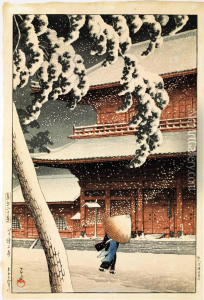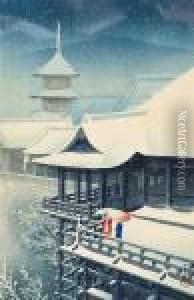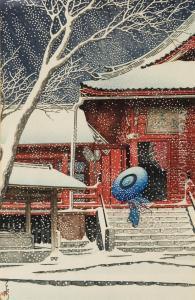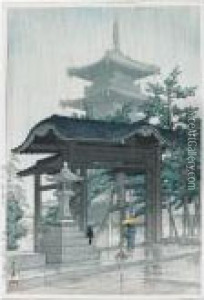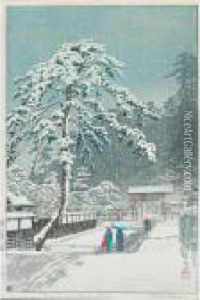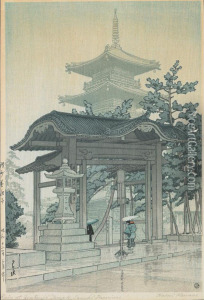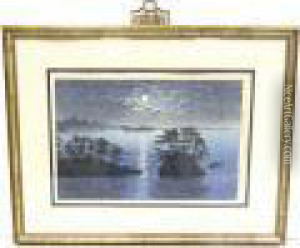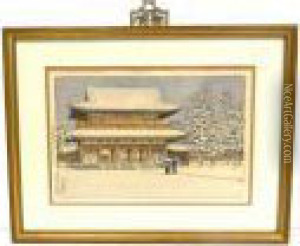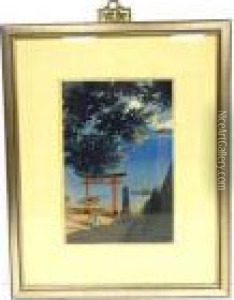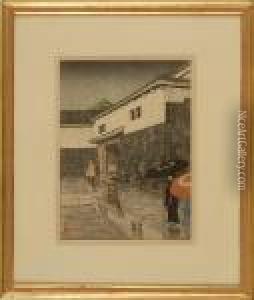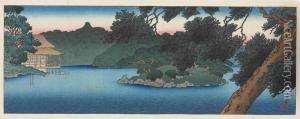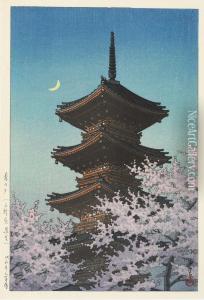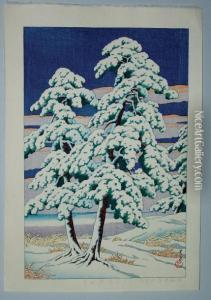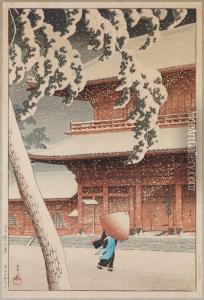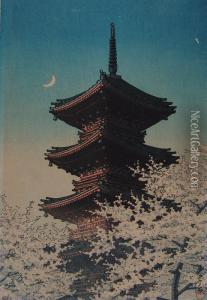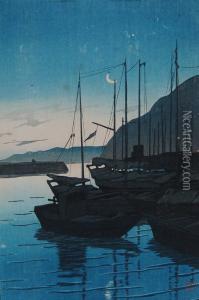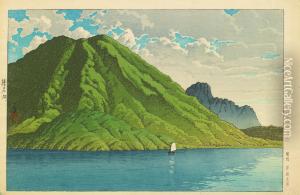Kawase Hasui Paintings
Kawase Hasui was a prominent Japanese artist known for his landscape woodblock prints. Born on May 18, 1883, in Tokyo, Japan, Hasui was initially named Kawase Bunjiro. He grew up in a merchant family, but his passion for art led him to pursue a career in painting rather than taking over the family business. He studied European-style painting under Kaburaki Kiyokata and later found his true calling in the traditional Japanese woodblock print, or ukiyo-e.
In 1918, Kawase Hasui collaborated with the publisher Shozaburo Watanabe, who played a significant role in the development of the shin-hanga (new prints) movement. This movement aimed to revitalize the traditional ukiyo-e art form by blending it with Western elements of painting, such as the use of light and shadow, and a sense of atmospheric perspective. Hasui's contributions to the shin-hanga movement are particularly noted for their romantic and often sentimental portrayals of the Japanese landscape, rendered in a style that was both modern and distinctly traditional.
Hasui traveled extensively throughout Japan, capturing scenes of rural life, historic landmarks, and seasonal changes in his prints. His work is characterized by a lyrical, dreamlike quality that evokes a sense of nostalgia. The interplay of light, water, and weather conditions is a hallmark of his prints, often featuring rain, snow, or the glow of the moon.
During his lifetime, Hasui designed hundreds of woodblock prints, including landscapes and scenes of everyday life. He remained with Watanabe's publishing house for his entire career, and his prints were widely disseminated both in Japan and abroad. After World War II, Hasui's work played a significant role in popularizing Japanese art among Western audiences, and in 1956, he was honored by the Japanese government as a Living National Treasure for his contributions to Japanese art.
Kawase Hasui passed away on November 7, 1957, leaving behind a legacy as one of the most important and respected artists of the shin-hanga movement. His prints continue to be highly valued by collectors and art lovers worldwide, and his influence on the world of Japanese art remains profound.
